LOS ANGELES, Calif., USA: Scientists from the UCLA School of Dentistry have been at the vanguard of research on human saliva in recent years, leading the way in the dynamic, emerging field of salivary diagnostics, which seeks to catalog the biological makeup of saliva to help screen for and detect both oral and systemic diseases.
The Journal of the American Dental Association has published a special supplement to its October issue in which Dr. David Wong, the UCLA School of Dentistry's associate dean of research, outlines the state of the science of salivary diagnostics, highlighting advances made by researchers at UCLA and other institutions and charting a path for future research and clinical applications.
Actionable results from salivaomics
In the article, Wong's research findings show that saliva is made up of complex sets of molecules — including genes, proteins, DNA and RNA — that help paint a picture of an individual's biology. The study of the biological molecules in saliva is known as “salivaomics.”
Findings show that by studying the “omics” in saliva — such as genomics, transcriptomics and proteomics — scientists can develop tests composed of many molecular measurements; the findings are then interpreted by a computational model to produce a clinically actionable result.
Through collaborative work with scientists at other institutions, UCLA researchers have developed several informatics and statistical tools to help interpret biomarkers in saliva; these biomarkers can then be used for early detection of disease, treatment monitoring, recurrence prediction and other translational assessments.
Just as useful as blood diagnostics
Research done at the UCLA School of Dentistry has shown that saliva, as a medium for health screening, is just as useful as blood and other bodily fluids and has vast potential for the early detection of cancers, autoimmune diseases, diabetes and other disorders.
The ability to conveniently and inexpensively capture saliva samples in a clinical setting for diagnostic purposes would be a huge step forward for health care providers in the detection, treatment and prediction of recurrence of life-threatening diseases. Wong expects that future research in salivaomics will eventually translate into practical medical applications that will be administered in dentists’ and doctors’ offices.
Dentists positioned on front line
Because it has been shown that 20 percent more Americans visit their dentists more regularly than their physicians, there will be substantial opportunities for dentists to engage in primary health care by taking saliva samples from their patients and, based on the medical findings of those samples, developing individualized treatment plans.
Wong is a professor of oral biology and medicine and holds the Felix and Mildred Yip Endowed Chair in Dentistry at the UCLA School of Dentistry. His research has been funded by the National Institute of Dental and Craniofacial Research and the National Cancer Institute.
(Source: UCLA School of Dentistry)
Success—this word is so simple yet means something different to everyone. To one person, success relates to economics and producing as much as possible. ...
In an interview, L. Stephen Buchanan, DDS, FICD, FACD, of Dental Education Laboratories discusses his new TrueTooth replicas and how they can be used by all...
Oral health provider Advantage Dental recently exceeded its 2021 goal of shifting 5 percent of appointments to teledentistry encounters. For 2022, Advantage...
Loss of salivary gland function is a devastating condition for those with the autoimmune disease Sjogrens syndrome, individuals who undergo radiation to the...
Dr Yo-Han Choi is a dentist and co-owner of Canada Bay Dental in Sydney in Australia. In this interview with Dental Tribune International, he shares his ...
CZĘSTOCHOWA, Poland: Digital transformation in orthodontics is accelerating, and the diagnostic models generated by the orthodontic software DDP AI from ...
The e-Dx endodontic diagnostic tool is available from Jordco. The e-Dx is described as the next generation in endodontic diagnostic instruments. The ...
BIBERACH AN DER RISS, Germany: As the use of CBCT imaging in dentistry has become more commonplace, its sophistication as a diagnostic tool likewise has ...
NEW YORK, N.Y., USA: LED Medical Diagnostics Inc. recently announced a new agreement with OrthoSynetics, a provider of administrative, marketing and ...
LEIPZIG, Germany: Near-infrared transillumination will be the topic of a webinar presented by the Dental Tribune Study Club on 25 March. In the free online ...
Live webinar
Mon. 12 January 2026
9:00 AM EST (New York)
Prof. Judith Jones D.D.S; M.P.H., Prof. Kakuhiro Fukai D.D.S., Ph.D, Dr. Bathsheba (Bethy) Turton
Live webinar
Wed. 14 January 2026
12:00 PM EST (New York)
Dr. Théo Laplane, Dr. Robert Gottlander DDS
Live webinar
Fri. 16 January 2026
12:00 PM EST (New York)
Live webinar
Mon. 19 January 2026
1:00 PM EST (New York)
Philipp Kopp, Michael Seeber
Live webinar
Thu. 22 January 2026
2:00 PM EST (New York)
Dr. Nicola M. Grande DDS, PhD
Live webinar
Wed. 28 January 2026
8:00 AM EST (New York)
Live webinar
Wed. 28 January 2026
11:00 AM EST (New York)
Prof. Dr. Jan-Frederik Güth



 Austria / Österreich
Austria / Österreich
 Bosnia and Herzegovina / Босна и Херцеговина
Bosnia and Herzegovina / Босна и Херцеговина
 Bulgaria / България
Bulgaria / България
 Croatia / Hrvatska
Croatia / Hrvatska
 Czech Republic & Slovakia / Česká republika & Slovensko
Czech Republic & Slovakia / Česká republika & Slovensko
 France / France
France / France
 Germany / Deutschland
Germany / Deutschland
 Greece / ΕΛΛΑΔΑ
Greece / ΕΛΛΑΔΑ
 Hungary / Hungary
Hungary / Hungary
 Italy / Italia
Italy / Italia
 Netherlands / Nederland
Netherlands / Nederland
 Nordic / Nordic
Nordic / Nordic
 Poland / Polska
Poland / Polska
 Portugal / Portugal
Portugal / Portugal
 Romania & Moldova / România & Moldova
Romania & Moldova / România & Moldova
 Slovenia / Slovenija
Slovenia / Slovenija
 Serbia & Montenegro / Србија и Црна Гора
Serbia & Montenegro / Србија и Црна Гора
 Spain / España
Spain / España
 Switzerland / Schweiz
Switzerland / Schweiz
 Turkey / Türkiye
Turkey / Türkiye
 UK & Ireland / UK & Ireland
UK & Ireland / UK & Ireland
 International / International
International / International
 Brazil / Brasil
Brazil / Brasil
 Canada / Canada
Canada / Canada
 Latin America / Latinoamérica
Latin America / Latinoamérica
 China / 中国
China / 中国
 India / भारत गणराज्य
India / भारत गणराज्य
 Pakistan / Pākistān
Pakistan / Pākistān
 Vietnam / Việt Nam
Vietnam / Việt Nam
 ASEAN / ASEAN
ASEAN / ASEAN
 Israel / מְדִינַת יִשְׂרָאֵל
Israel / מְדִינַת יִשְׂרָאֵל
 Algeria, Morocco & Tunisia / الجزائر والمغرب وتونس
Algeria, Morocco & Tunisia / الجزائر والمغرب وتونس
 Middle East / Middle East
Middle East / Middle East


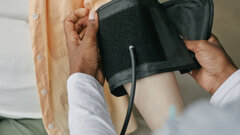
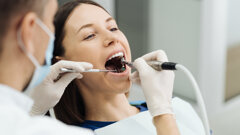


























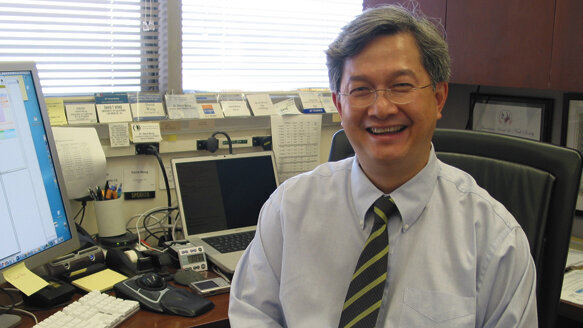




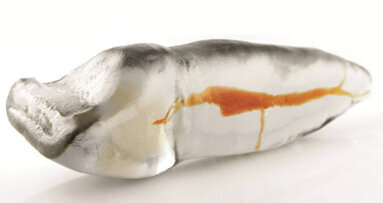
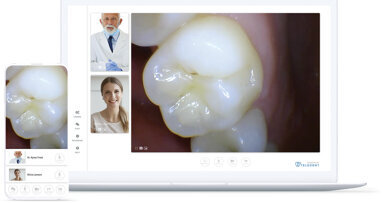
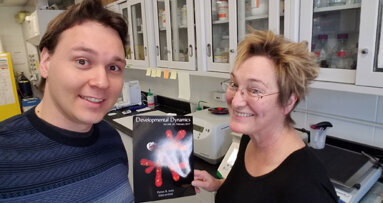
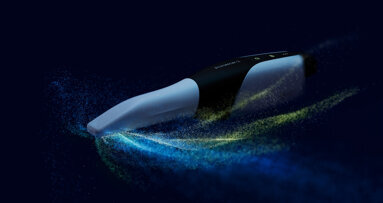
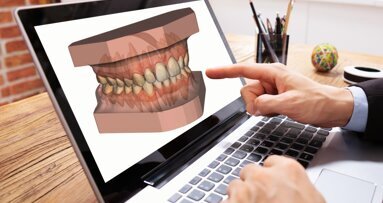
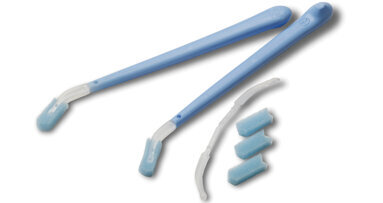
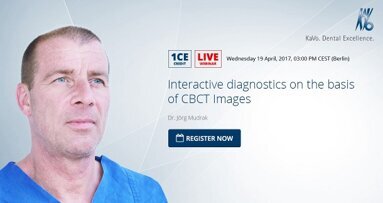

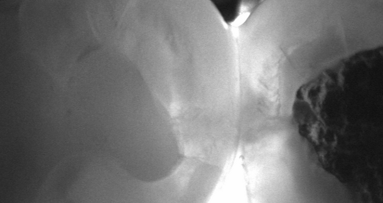

















To post a reply please login or register